Last year I published a story on Wonderland Arcade, a coin op entertainment center and cafe that operated for over 40 years from the corner of 12th and Grand in Kansas City, MO. It was fortunate to have been photographed in the 1940s and again in 1968, but to date only a few scattered photographs from The 70s and 80s survived, or so I thought.

Last week photographer, David Poe, contacted me to reveal that, while as a student at The Kansas City Art Institute in 1972, he’d photographed Wonderland Arcade. Three of his “70s photos” appeared in my first article. However I had no idea that there were more that had never been published. He sent me a link in an email to a Blurb account where he’d downloaded the photos. I clicked it and followed. It took me to straight to Heaven.

There it was. Wonderland. The much remembered yet still mysterious arcade that I’ve been chasing images and the history of for over a year. Like a ghost hunter stalking the shadowy and the unseen, I’ve lost count of the days and hours spent searching for new information on a place I can’t get enough of. An arcade I never stepped foot in yet whose myths have wrapped enchantments around my mind, compelling me to search and retrieve lost images of its past just so I can get that much closer to knowing how it might have felt to be there at that moment in time and relay it back to others.
Not a single person who’s ever gazed upon The 1968 photos of Wonderland has ever easily looked away from them. Something makes you want to take your time with them. Check them out closely. Mull them over and dream awhile. David Poe’s 1972 photos sustain that feeling. Although closed for over 30 years, Wonderland still pulls us in like a magnet, its attraction just as strong as it was when it first opened in 1941.
 “In my first semester at the Kansas City Art Institute, in the fall of 1972, we discovered Wonderland,” Poe relates, taking me back to the day when he photographed Wonderland for the very first time.
“In my first semester at the Kansas City Art Institute, in the fall of 1972, we discovered Wonderland,” Poe relates, taking me back to the day when he photographed Wonderland for the very first time.
“It was a great arcade downtown at 12th St. and Grand. We (himself and friends) would hitchhike the five miles downtown and hang out, playing pinball or taking our 20 shots at the shooting gallery for a nickel. Twice I brought my camera along and took pictures, once in the afternoon and once at night. Nobody seemed to care that I was taking their picture. Some liked it, but most were just interested in getting a high score and a free game.”

To historical researchers, particularly those interested in gaming cultural history, Poe’s 1972 photos of Wonderland open more doors to a past long sealed from public view. I say “doors” because the entryways are plural and ever-expanding. On one hand you have a door opening wider on the history of Wonderland arcade itself, Poe’s photos being another set to add to its growing cache of photographic documentation. The more photos found, the better.
Then you realize that you have an even wider and clearer visual record of arcades before Midway’s Space Invaders in 1978 and the bombastic “video craze” that followed momentarily wiped out pinball-dominated arcades for a long time.
But you also have Black History here since Poe’s photos record more black people playing games in an arcade than I have ever seen assembled anywhere before. This is important to note because, if you were to trust gaming industry photographers over the last 40 years (which I don’t) as having made an accurate record of who played pinballs and video games in The 70s and The 80s, evidence would suggest that neither women nor black people played video games or pinballs -only white males, preferably of the suburban variety.
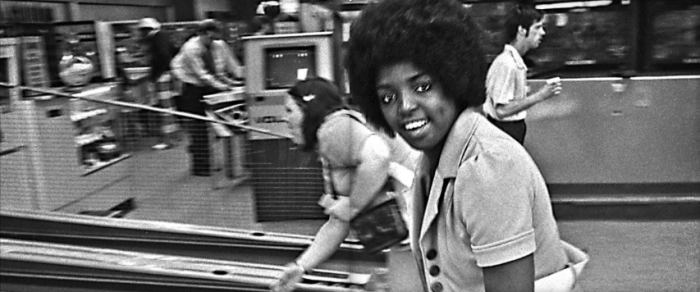
Poe’s 1972 photos are a treasure trove, showing that black people enjoyed themselves in an arcade just as much as white people did. In fact, they hung out together. Both sexes, too. Instead of photographing only white people, like an overwhelming number of arcade photographers in The 70s and 80s did, Poe allowed his camera to record evidence of the real American arcade in 1972. He recorded what was really there. He altered no perspective. The greatest legacy any photographer can leave behind in his or her work is honesty.
After all, you can’t record accurate arcade cultural history by just looking at games and quoting industry statistics. Humanity doesn’t live there. It never has. The true story lies in the people who played the games and the arcades who housed them.
America in 1972
Tin soldiers and Nixon coming,
We’re finally on our own.
This summer I hear the drumming,
Four dead in Ohio.
-Neil Young
By looking over the photos, a process that took me hours to scrutinize every detail of, I couldn’t help but think of what was going on in the world when these photos were snapped by David Poe. You can see more than just a little apprehension in some of the people’s faces and it isn’t coming from Poe taking their photo. It’s coming from somewhere else. It’s the same kind of expression I see in people’s faces these days. There was a lot going on in America in 1972 that seems to be going on today. Some of it’s pretty heavy stuff. Despite how we tend to look back on The 70s with rose-colored Elton John glasses, in reality not a lot of what was happening in 1972 was groovy.

For starters, America was still emotionally haunted by The Kent State shootings of 4 unarmed university students on May 4, 1970 by The Ohio National Guard who opened fire on political demonstrators. Nine other students were injured, including one who was left paralyzed for life. The Kent State shootings touched off counter protests across the country and left a permanent scar on American history. National Geographic Documentary Links (1) (2)
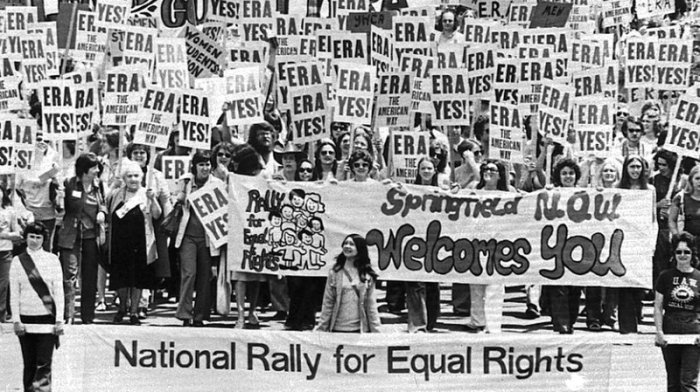
In 1972, the Equal Rights Amendment (ERA) was passed by The House prohibiting discrimination of women on the basis of sex, but failed in The Senate due to some men still believing that women weren’t equal with men. Celebrations and counter-protests took to the streets.

A lot of feminism going on in 1972. Women were fed up and rightfully so. Male chauvinism responded by going ape-crazy in advertising, a place where men still dominated the executive workforce. In a form of pre-internet trolling, advertisers began doing over-time depicting women as subservient, childlike zombies who worshiped the ground men walked on –while naked of course– or as mindless bimbos with vacuous eyes, dying to have her space violated by Sidney Sideburns, wearing a turtleneck and smoking a cigarillo with a velvet tip. The ad read, “Blow in her face…”.

Watergate was also just beginning, a political nightmare not unlike today’s, where citizens felt unsure of where they stood with one another due to loss of common ground between political parties. They were also stunned by the stark realization that they didn’t trust their government, either.

This was also the year where the word “terrorism” was heard by many for the first time. The event that ushered in this new terminology for The Me Generation occurred when Arab gunmen took hostage, and then murdered, 11 Israeli athletes at The Munich Olympics.

As if in tandem with the downswing of the world, television and radio echoed the sullen, depressed mood of the country by airing cop and medic shows, like Emergency! with it’s angst-ridden intro music and M.A.S.H. whose intro music was unbelievably titled “Suicide Is Painless”.
Click the YouTube compilation above for a sample of all of the largely depressing and horrendously morose “Billboard #1 Songs From 1972”. Pretty telling, really. 98 percent of the songs are downers. 1972 radio stations played endless songs about personal loss, being eternally alone, divorce and death. Michael Jackson, frontman of one of the most upbeat bands of all time, The Jackson 5, released a song about a dead pet rat that, despite dozens of happy songs The Jackson Five did, was the one the radio played the most that year.
But worse yet, Gilbert O’ Sullivan’s “Alone Again Naturally“ , with the most depressing lyrics ever written, spent six weeks at Number 1 on U.S. charts and reached number 3 in the UK charts. The song’s about contemplating suicide by jumping off a tall building. If it weren’t for Chuck Berry singing about his “Ding-a-ling” that year someone may have.
The Viet Nam War was still going on, too, and wouldn’t end for another four years.
 But like every decade before that had faced hard times in one form or another, humanity’s need for entertainment and distraction won out and despite the bummers, the good times rolled. Foosball, coin op table-top soccer, was rapidly becoming a major pastime in America. It would organize and hold its first tournament in 1972. By 1974 it would become a multi-million dollar nationally competitive sport, one that competitive video gaming would later model its first tournaments off in 1977.
But like every decade before that had faced hard times in one form or another, humanity’s need for entertainment and distraction won out and despite the bummers, the good times rolled. Foosball, coin op table-top soccer, was rapidly becoming a major pastime in America. It would organize and hold its first tournament in 1972. By 1974 it would become a multi-million dollar nationally competitive sport, one that competitive video gaming would later model its first tournaments off in 1977.
Fashion and product advertising became really luscious with color at this time, almost as if there was an orchestrated movement to overwhelm everyone so as to detract them from the political nightmares going on. It worked.

As per usual in most decades rife with political, economic and/or social conflict –for instance, the 1930s and the late 80s– color exploded in fashion and advertising in 1966 and didn’t stop until around 1976 when glitter and glamour took over. But 1972 really pushed the spectrum as hard and as far as it could, often becoming gorgeously garish.


The Jackson 5 were huge in 1972. Their images adorned everything from cereal boxes to Saturday morning cartoons. Their music, a mixture of pop and rock and roll was seasoned by Motown to reach mass appeal status that few acts today can ever hope to obtain. They oozed happiness, celebration and were universally loved as much as The Beatles had been in the previous decade.
David Bowie as Ziggy Stardust and The Spiders From Mars shocked and awed people with his wild androgynous look, Soul Train brightened every Saturday afternoon after cartoons and, if you were lucky, you may have even caught The O’Jays inviting the “people of the world” to “join hands on The Love Train”.
If rail travel wasn’t your thing, no worries. These four lovely PSA Flight Attendants in short, tight hot pink uniforms stood behind their ad campaign slogan, “We’ll Give You a Lift”.

But enough of the history lessons. Let’s get to the photos.
Wonderland 1972
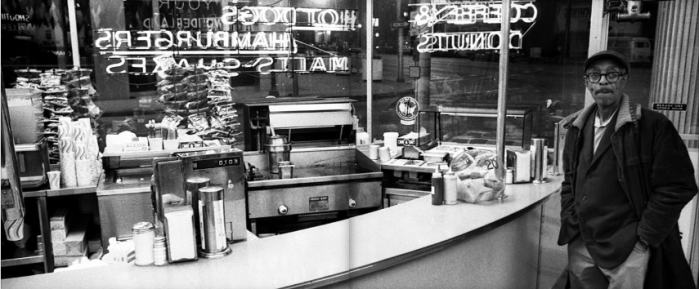
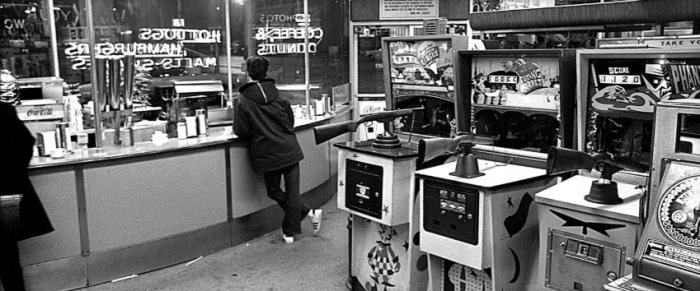
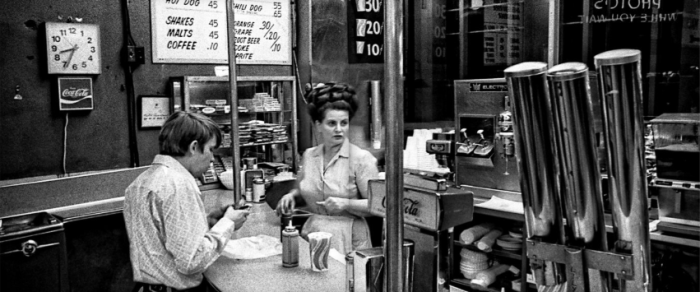
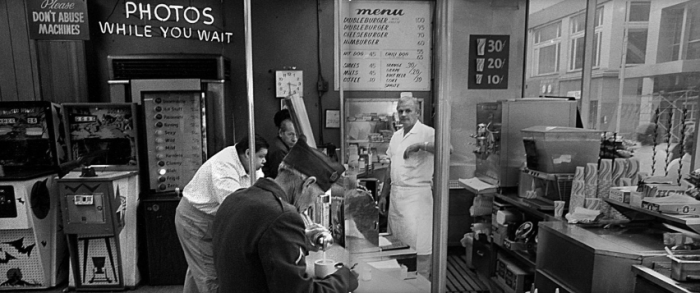



















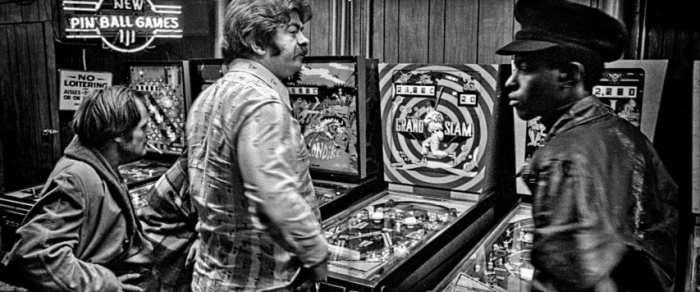

Until next time, may all your quarters be red ones
BONUS: Sesame Street’s 1976 Pinball Segment

Bring back Soul Train!
LikeLiked by 1 person
Oh, how wonderful that would be. We need the good vibes for sure these days. But Don Cornelius is no longer on this planet and, frankly, no one could take his place.
LikeLike
Wow, these photos are absolutely amazing. Thanks so much for sharing! (definitely worth clicking through to the Blurb to see all of them!)
LikeLiked by 1 person
The table being played by the “Soul Trajn Pants” guys is a 1972 Williams “Travel Time.”
LikeLike